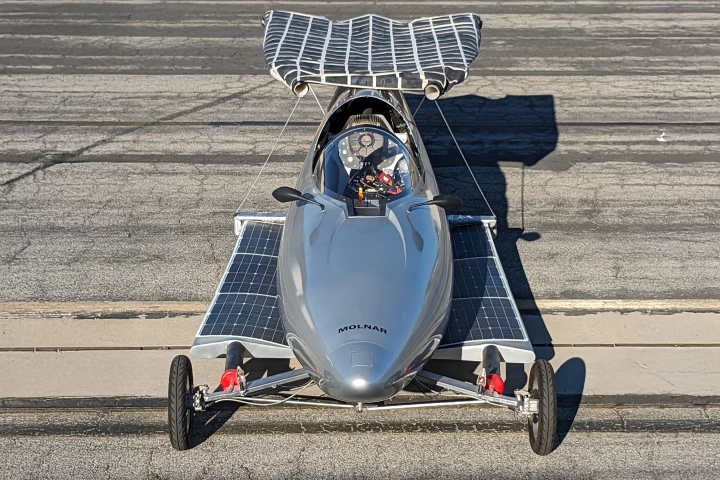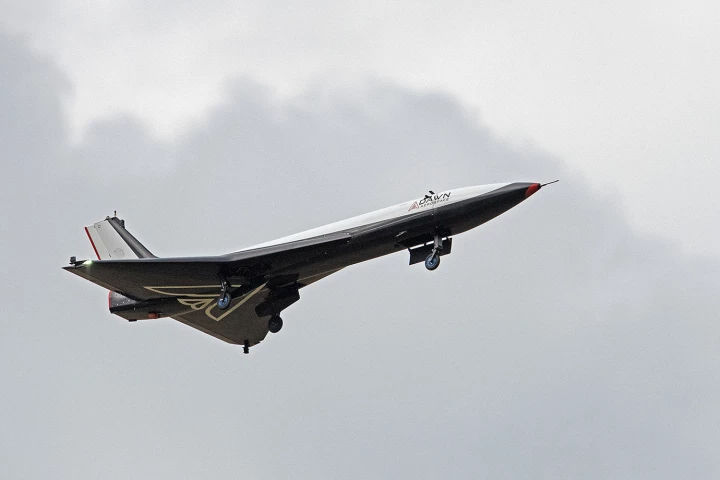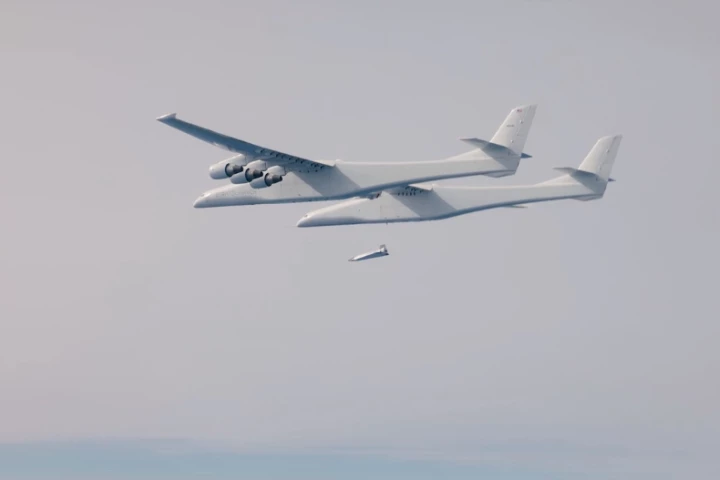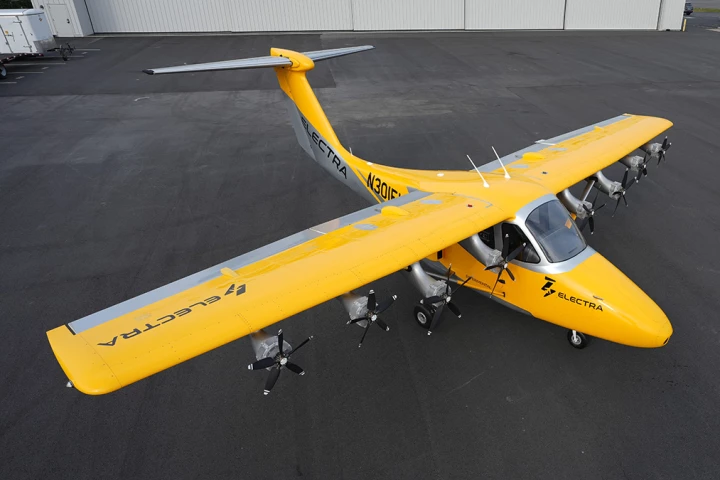Test Flights
-
Maybe cars, trucks, and motorcycles aren't exciting enough, because Honda is moving into space vehicles. The company has announced that it has successfully flown a reusable rocket to an altitude of almost 300 m (1,000 ft) and then safely landed it.
-
The word "flying car" immediately puts visions of "The World of Tomorrow" in my head; retro-looking flashy contraptions. If you were to ask Dezső Molnár what his vision of a flying car looked like, he'd simply show you the one he's building now.
-
If you've been keeping tabs on aviation news as of late, you saw that Boom Supersonic just recently broke the sound barrier with its XB-1 demonstrator aircraft. Oddly enough, no one on the ground heard a thing during its "boomless" cruise.
-
The Mk-II Aurora suborbital spaceplane took to the skies last year for its maiden flight with a rocket engine. Now Dawn Aerospace has been give the official nod from New Zealand's Civil Aviation Authority to undertake test flights at unlimited speeds.
-
Fast-tracking the hypersonic era, Hermeus has rolled out the next prototype of its program, to create a family of aircraft that can fly beyond Mach 5. The Quarterhorse Mk 1 is set to fly later this year, testing its high-speed takeoffs and landings.
-
The first private supersonic aircraft since Concorde retired two decades ago has successfully taken to the skies. On March 22, Boom's XB-1 supersonic demonstrator completed its maiden flight at the Mojave Air & Space Port in Mojave, California.
-
Stratolaunch Systems, the company behind the world's largest aircraft, is making headlines again. The firm's Talon-A1 hypersonic test aircraft has successfully completed its first powered flight, which took place last weekend in Mojave, California.
-
eVTOLs are one of those things that many groups announce their plans to create, but fail to produce in physical form. Such is not the case with Overair's Butterfly, however, the just-unveiled prototype of which should soon begin flight testing.
-
Two years ago, American air mobility company Electra announced that it was partnering with the US Air Force on the development of an ultra-short takeoff and landing (ultra-STOL) aircraft. Earlier this month, a demonstrator version of that plane made its first two flights.
-
Back in 2021, we heard how the Mk-II Aurora suborbital spaceplane had made its first test flights … but it was using surrogate jet engines. Now, however, the vehicle has made its first flights using an actual rocket engine.
-
Blue Origin came a step closer to crewed flights today as ground personnel stood in for astronauts during the 15th New Shepard suborbital space mission, carrying out preflight procedures and re-entering after the flight to rehearse post-flight procedures.
-
The US Air Force's long anticipated first powered flight test of the AGM-183A Air-launched Rapid Response Weapon (ARRW) hypersonic missile was scrubbed this week when the booster vehicle failed to launch from the B-52H Stratofortress bomber.
Load More











